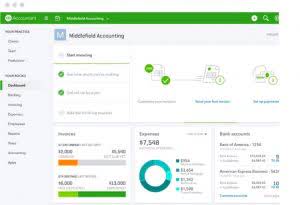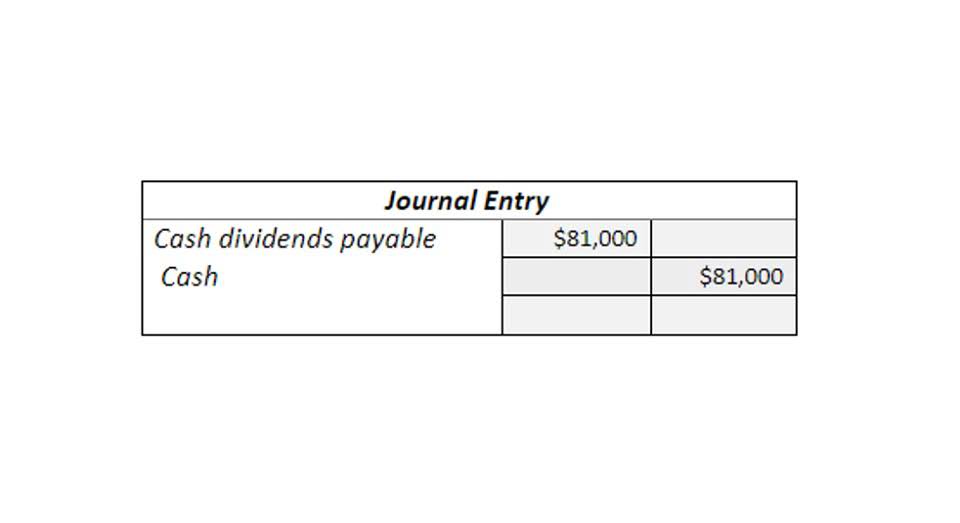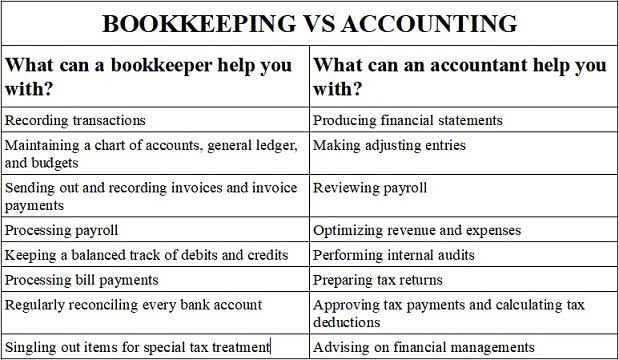
This balance sheet equation is used to calculate the relationship between your business assets, liabilities, and equity based on basic and expanded accouting information. Corporations like to set a low par value because it represents their “legal capital,” which must remain invested in the company and cannot be distributed to shareholders. Another reason https://mind-impact.com/is-bookkeeping-hard-salary-and-skills-needed/ for setting a low par value is that when a company issues shares, it cannot sell them to investors at less than par value.
What Is a Financial Plan and How to Make One

It helps them to judge the quality of the company’s financial ratios, providing them with the tools to make better investment decisions. The Debt to Equity Ratio is a crucial indicator of a company’s financial health, showing how much of the company is financed by debt compared to what is financed by shareholders’ equity. A high ratio means the company is aggressively financed by debt, which can increase profitability through financial leverage but also increases risk, as the company must ensure it can meet its repayment obligations. A low ratio indicates less reliance on debt, suggesting a potentially lower risk of financial distress but possibly lower returns. So, as long as you know all of a company’s assets and liabilities, its stockholders’ equity is relatively easy to calculate.
How to Calculate Total Stockholders Equity
Shareholders’ equity represents the owners’ residual claim on a company’s assets after all liabilities have been satisfied. This fundamental financial concept provides insight into a company’s financial standing from the perspective of its owners, reflecting the net value attributable to them. It stands as a crucial element on the balance sheet, offering a snapshot of the financial health and structure of an organization at a specific point in time. Understanding shareholders’ equity is important for assessing a company’s financial stability and its ability to generate value for its investors. The calculated stockholders’ equity figure offers insights into a company’s financial standing.

Step-by-Step Calculation Using Financial Statements
- As a result, MVE can differ significantly from BVE, especially for companies with strong brand recognition or high growth potential in industries like technology or pharmaceuticals.
- This sum represents the total claims against a company’s assets from both external creditors and internal owners.
- Locate the total liabilities and subtract that figure from the total assets to give you the total equity.
- Shareholders’ equity isn’t the sole indicator of a company’s financial health, however.
- The retained earnings are used primarily for the expenses of doing business and for the expansion of the business.
AOCI can be positive or negative and is added to the How to Run Payroll for Restaurants total stockholders’ equity calculation. The fundamental accounting equation states that the total assets belonging to a company must always be equal to the sum of its total liabilities and shareholders’ equity. Preferred Stock constitutes another category of ownership, offering different rights and privileges compared to common stock, such as fixed dividend payments and a higher claim on assets in the event of liquidation. Like common stock, preferred stock also has a par value, and its total recorded value within equity reflects the number of preferred shares issued multiplied by this par value.
- Enjoy a free month of expert bookkeeping and focus on growth, not numbers.
- A company’s average shareholder equity is calculated by taking the shareholder equity from at least two consecutive periods and taking the average.
- This formula helps determine how much value shareholders would receive if all assets were liquidated and all debts paid.
- On the other hand, liabilities are the total of current liabilities (short-term liabilities) and long-term liabilities.
- Treasury stock is considered a contra-equity account, meaning it reduces the total shareholders’ equity.
- Companies with a high D/E ratio can generate more earnings and grow faster than they would without this additional source of funds.

This financial statement is structured to present a clear picture of an entity’s financial position at a specific point in time. Company or shareholders’ equity is equal to a firm’s total assets minus its total liabilities. It can also be calculated as the sum of its share capital and retained earnings, total stockholders equity calculator minus its treasury shares. You’d need to be able to read a balance sheet to find the company’s total assets and liabilities in order to make these calculations.

Assets
The easiest approach is to look for the stockholders’ equity subtotal in the bottom half of a company’s balance sheet; this document already aggregates the required information. A higher SE ratio indicates that a greater portion of the company’s assets are financed by equity, suggesting lower financial risk and potentially greater financial stability. The SE ratio measures the proportion of a company’s total assets financed by SE (rather than debt). The interpretation of whether a company’s total equity is “high” or “low” depends on several factors, including industry norms, the company’s historical performance, and its ability to generate returns.
Equity Ratio Calculation Example
- Shareholders’ equity can also be calculated by taking the company’s total assets less the total liabilities.
- Additional paid-in capital (APIC) includes the amount investors pay for shares above their par value.
- Shareholders’ equity, also known as net worth or book value, represents the residual interest in the assets of a company after deducting liabilities.
- The fact that retained earnings haven’t been distributed doesn’t mean they’re necessarily still available to be distributed.
- Still, as a general rule of thumb, most companies aim for an equity ratio of around 50%.
- Profits increase stockholders’ equity, so when working backward, we must subtract them to move from ending to beginning stockholders’ equity.
Shareholder equity is one of the important numbers embedded in the financial reports of public companies that can help investors come to a sound conclusion about the real value of a company. If the company ever needs to be liquidated, SE is the amount of money that would be returned to these owners after all other debts are satisfied. Enjoy a free month of expert bookkeeping and focus on growth, not numbers.

